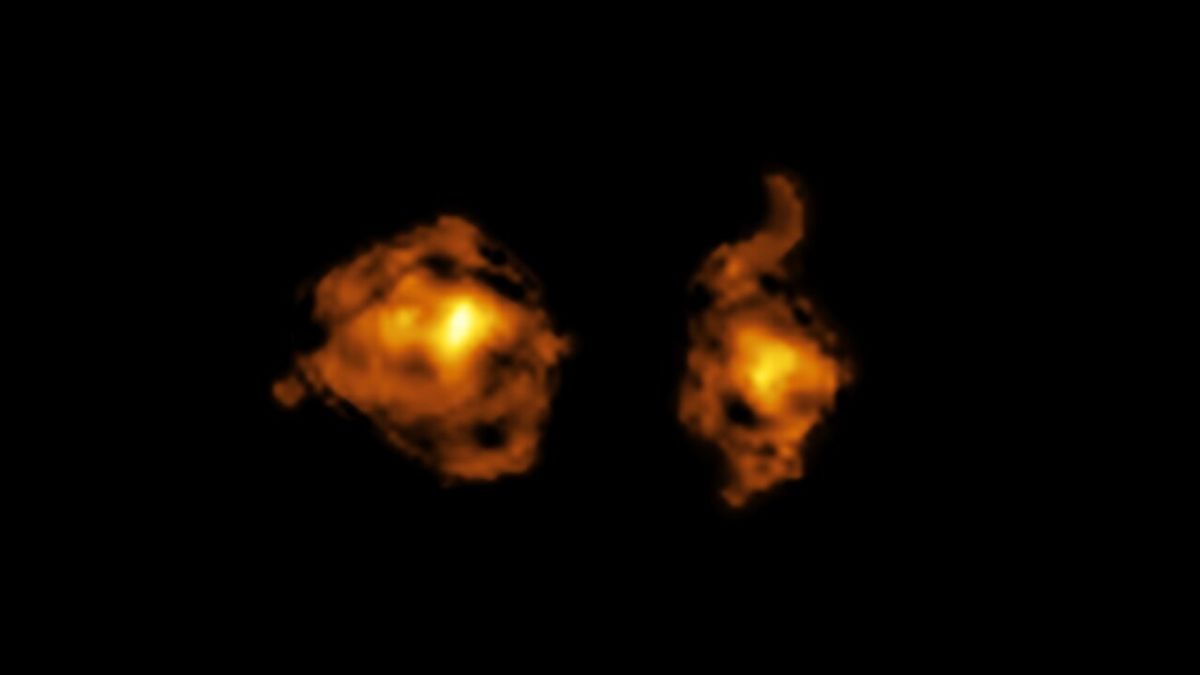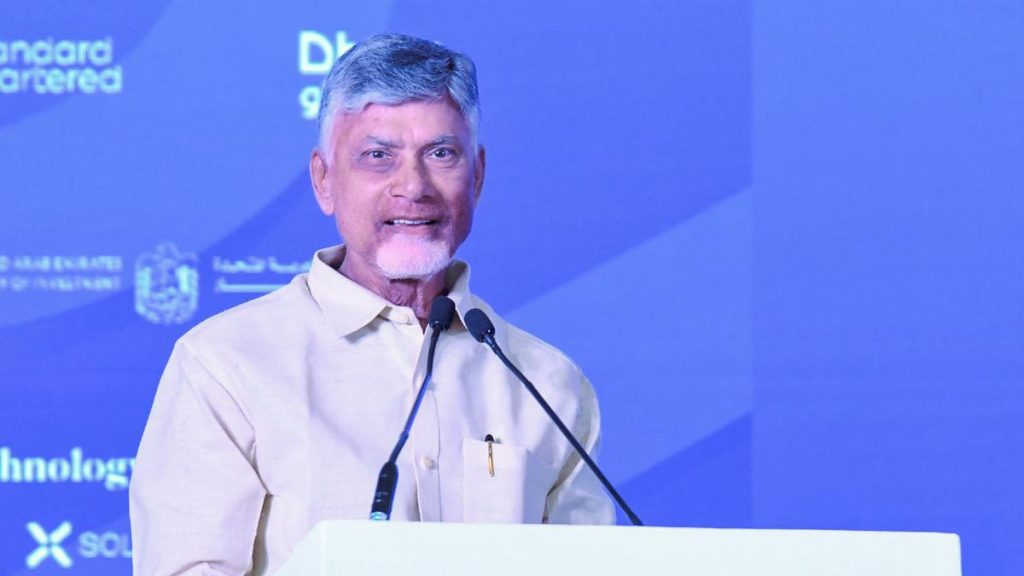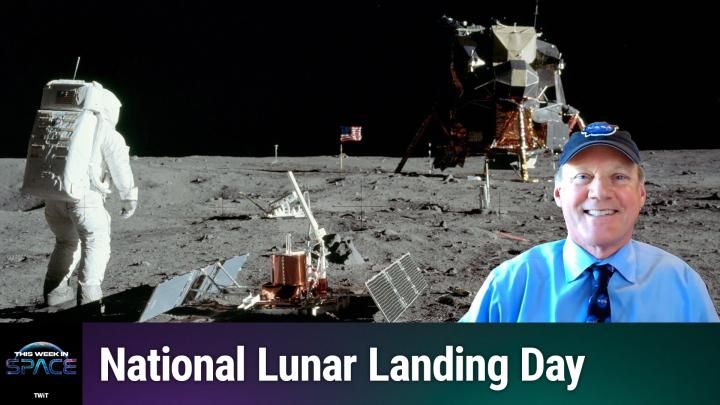Now Reading: Scientists Uncover High-Speed Galaxy Collision 11 Billion Light-Years Away
-
01
Scientists Uncover High-Speed Galaxy Collision 11 Billion Light-Years Away
Scientists Uncover High-Speed Galaxy Collision 11 Billion Light-Years Away

fast Summary:
- Astronomers observed a high-speed collision between two galaxies over 11 billion light-years away, referred to as the “cosmic joust.”
- One galaxy hosts an actively feeding quasar-a supermassive black hole emitting intense radiation-while the neighboring galaxy is being disrupted by this radiation.
- Using ALMA (Atacama Large Millimeter/submillimeter array), scientists identified the companion galaxy, which is moving toward the quasar-hosting galaxy at 1.2 million miles per hour.
- Radiation from the quasar is fragmenting gas in its companion, forming cloudlets too compact to create new stars.
- Gravitational forces are funneling additional gas into the black hole in the host galaxy, further fueling its activity and impact.
- Instruments like X-shooter on Chile’s Very Large Telescope helped analyze how radiation affects galactic evolution.
- The findings emphasize interactions between quasars and galaxies during mergers.
Images:
Caption: Molecular gas content of colliding galaxies; one hosts an active quasar bombarding its companion with intense radiation.(Credit: ALMA/ESO)
Caption: A wide-field view around “cosmic joust” system shows distant white-dot galaxies amid space dynamics. (Credit: DESI Legacy Survey)
Read More: Scientists spot high-speed galaxy collision 11 billion light-years away
Indian Opinion Analysis:
The discovery offers profound insights into galactic evolution through collisions in early-universe conditions over 11 billion years ago. While such cosmic events are far removed from everyday life in India, they underscore humanity’s collective pursuit of understanding existence at vast scales-an endeavor aligned with india’s growing interest in astrophysics and space exploration.
India’s investments via ISRO and collaborations like AstroSat or GROWTH contribute to global efforts for unlocking these universal secrets while elevating domestic scientific capacity. By contributing observations or complementary analysis about phenomena such as supermassive black holes’ role via indian telescopes or labs, India’s commitment to astronomy can foster breakthroughs-bridging science globally while enriching local intellectual pursuits.
This observation further reminds us that science transcends borders-the very Universe we investigate ties nations together under a shared quest for knowledge often distant yet impactful for future innovation and curiosity across societies globally-including within India.

























